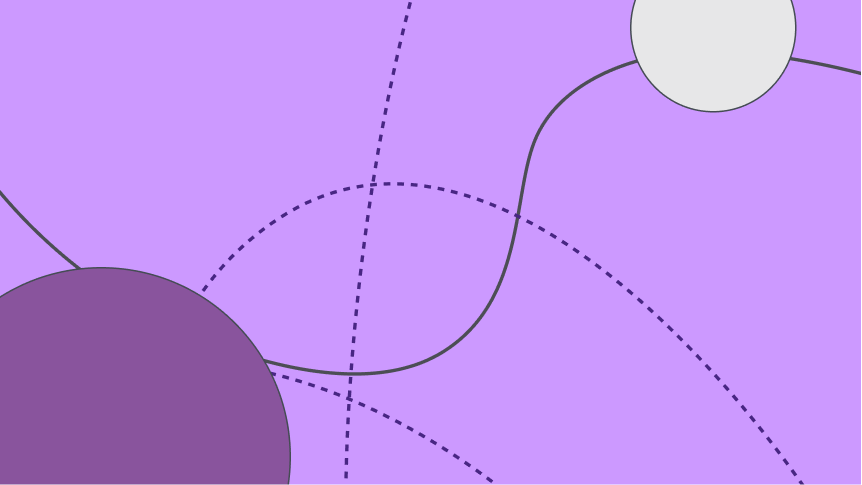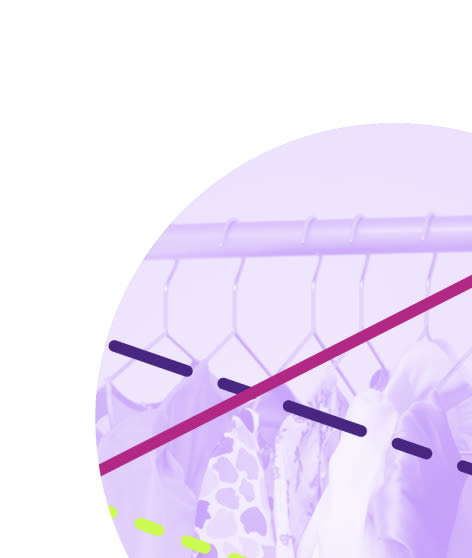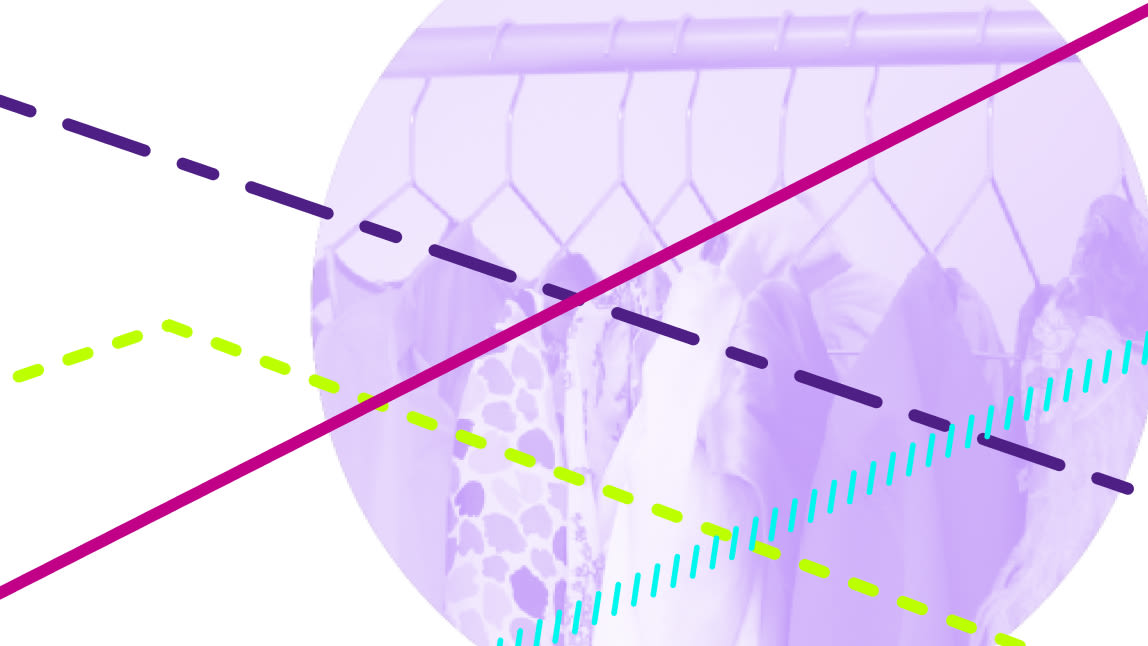Para maximizar os benefícios econômicos e ambientais dos modelos de negócios circulares, é importante que as empresas explorem uma gama mais ampla e diversificada de modelos de negócios. O aluguel, a revenda, o reparo e o refazimento foram os que mais ganharam força até o momento, mas não são as únicas maneiras de gerar receita sem fabricar novos produtos. Explorar uma variedade maior e combiná-las quando aplicável poderia abrir novos mercados no setor da moda e trazer benefícios ambientais ainda maiores.
Ao pensar em novos modelos de negócios, é importante abordar a tarefa a partir de uma perspectiva de resultados - quais resultados um novo modelo de negócios deve alcançar
Os modelos de negócios circulares se enquadram em três categorias:
Mais uso por usuário
Mais usuários por produto
Além dos produtos físicos
Mais uso por usuário
Os modelos de negócios podem ser projetados para permitir que o cliente use o produto mais e por mais tempo. Isso pode incluir o design de produtos para que sejam física e emocionalmente duráveis, o fornecimento de serviços para apoiar o uso a longo prazo e a capacitação dos usuários para que usem seus produtos mais e por mais tempo (por exemplo, dicas para personalizações "faça você mesmo").
Exemplos de empresas que colocam isso em prática
O Grupo H&M oferece um serviço de personalização e publica dicas e orientações para que os próprios clientes personalizem os itens para incentivar o uso dos produtos por mais tempo. O Grupo H&M também lançou o M.IN.T Care, uma iniciativa que oferece serviços de reparo, conserto e lavagem. A plataforma também fornece dicas para "fazer em casa", incluindo dicas úteis de reparo e refazer, inspirando os usuários a fazer a moda durar mais.
A Tommy Hilfiger implementou diferentes modelos de negócios circulares por meio da Tommy for Life. Ela recebe peças usadas da TOMMY HILFIGER e da TOMMY JEANS, bem como itens danificados de operações de varejo para consertar para revenda ou remixar em novos estilos exclusivos. O Tommy for Life fornece às equipes de produtos da Tommy dados sobre os pontos mais comuns de danos de um item, que podem ser inseridos no processo de design para criar produtos mais duráveis no futuro.
Mais usuários por produto
Os modelos de negócios nesta categoria são projetados para facilitar a movimentação de produtos de usuário para usuário, de modo que os produtos sejam mais usados. Isso pode envolver a criação de plataformas e/ou serviços. Essa categoria pode incluir uma variedade de modelos de negócios, desde aqueles que transferem um produto de um usuário para outro após apenas um uso até aqueles que transferem um produto após um período significativo de uso.
Exemplos de empresas que estão colocando isso em prática
A GANNI está combinando modelos de negócios de aluguel, refabricação e revenda. Ela lançou a plataforma de aluguel, "GANNI Repeat", como um primeiro teste na Dinamarca em 2019, que agora foi expandido no Reino Unido e nos EUA, e introduziu na plataforma produtos refeitos das coleções anteriores da marca GANNI. Recentemente, a GANNI também fez uma parceria com o site de revenda de luxo Vestiaire Collective para trabalhar em conjunto para manter os produtos em circulação.
Além dos produtos físicos
Os modelos de negócios nessa categoria se afastam totalmente do uso de produtos físicos e podem incluir alternativas como roupas digitais ou serviços que substituem, aprimoram e complementam as necessidades e aspirações de moda dos clientes.
Os modelos que vão além dos produtos físicos têm uma grande oportunidade de aumentar as oportunidades ambientais dos modelos de negócios circulares. Em uma comparação de igual para igual, por exemplo, a produção de um produto digital em relação a um produto físico elimina o desperdício de materiais e reduz as emissões de gases de efeito estufa em 97%, além de usar, em média, 3.300 litros de água a menos. Isso também elimina o transporte físico de roupas, resultando em uma economia adicional de emissões de gases de efeito estufa.
Exemplos de empresas que colocam isso em prática
A DressX é uma varejista multimarcas de moda digital que oferece aos usuários roupas digitais que eles podem comprar para serem usadas imediatamente. Os usuários recebem a foto de si mesmos com o look comprado, que podem usar quantas vezes quiserem. Os usuários tendem a usar as imagens em suas plataformas de mídia social e a criar suas próprias identidades virtuais. Dessa forma, a DressX oferece uma solução para a criação de conteúdo de mídia social sem a necessidade de produtos físicos.
The Fabricant colabora com marcas físicas, como Napapijri e Tommy Hilfiger, para digitalizar suas campanhas de marketing e coleções, de modo que os produtos não precisem ser feitos para elas. Ela também distribui muitos de seus arquivos de padrões 3D para seu público de criadores digitais, incentivando-os a criar suas próprias iterações de roupas digitais. The Fabricant trabalha com seus parceiros de marca para criar soluções digitais que sejam inclusivas por design, evitando a produção de itens que não seriam usados por muito tempo.
Combinação de modelos de negócios circulares
Há um grande potencial na combinação de modelos de negócios dessas categorias. Por exemplo, a combinação de revenda (que se enquadra na categoria de mais usuários por produto) e reparo (que se enquadra na categoria de mais uso por usuário) poderia ajudar os usuários a manter as compras de segunda mão em uso por mais tempo. Esse modelo também poderia ser combinado com um modelo digital (da categoria além dos produtos físicos), por exemplo, para permitir que um usuário "experimente" um item antes de comprá-lo, garantindo assim que ele seja usado pelo comprador e não desperdiçado após a compra.
O que os formuladores de políticas podem fazer para garantir que toda a gama de modelos de negócios circulares seja explorada
Os formuladores de políticas podem permitir a exploração de uma gama mais ampla de modelos de negócios circulares e acelerar sua adoção, harmonizando os sistemas de coleta, alinhando os padrões para apoiar os mercados de produtos e materiais usados e evitando que os têxteis sejam depositados em aterros ou incinerados. Para isso, será fundamental mobilizar colaborações público-privadas e facilitar investimentos dedicados, por exemplo, por meio da introdução de esquemas bem elaborados de Responsabilidade Estendida do Produtor (REP).
Baixar
Os modelos de negócios circulares estão disponíveis em: inglês
Quatro ações fundamentais para as empresas
Para garantir que seus modelos de negócios sejam circulares e para maximizar os resultados positivos, as empresas, com o apoio dos formuladores de políticas, podem adotar quatro ações principais.










